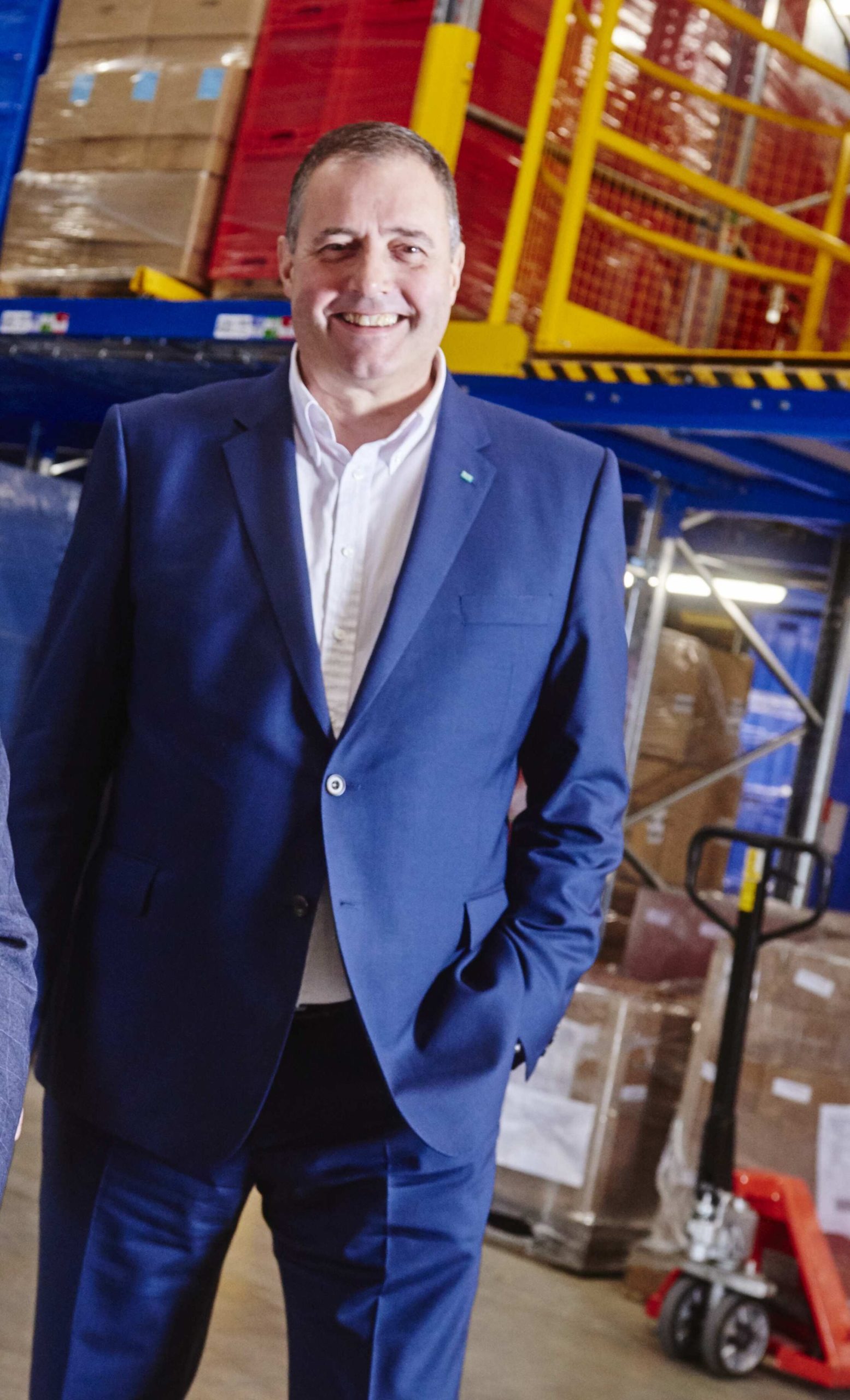Edward Hutchison, Managing Director of BITO Storage Systems UK, explains why successful automated warehouse solutions require careful consideration when choosing the racking.
The UK’s world leading e-commerce retail sector swells demand and raises expectations for rapid delivery but the sector is also in the midst of dealing with rising labour costs combined with a shallower pool of available skills for its warehouses. This is driving growing interest in automation among many more managers responsible for fitting out these facilities, particularly as the technology continues to become more flexible, bringing it further within reach of many more companies. In fact the UK will, by 2025, be Europe’s largest warehouse automation market at over £3bn, according to market research company Interact Analysis. That will be £0.71bn larger than in Germany, which has traditionally been far more automation friendly when it comes to warehouses. Another market researcher, IMARC Group, which put the UK warehouse automation market at USD 2 Billion in 2023, expects it to reach £4.6 Billion by 2032. That’s a growth rate of over 10% during 2024-2032.
Automation’s modularity, sophisticated control systems, and performance developments can create a more practical and flexible solution for a greater variety of applications – from fulfilling omnichannel retail to supplying line-side manufacturing. Stacker crane based automated storage and retrieval systems, for example, will provide high density storage on a given footprint within a warehouse to offer an efficient and safe goods to picker solution.
However, smooth operation of this software-driven warehouse technology will rely on the racking. Given it plays such a vital role in maintaining the flow for highly accurate and rapid order picking within a warehouse, racking should be carefully considered because the right design will help an automated system to realise its performance benefits. Reliable racking will also minimise maintenance and the subsequent costly downtime for an automated system, helping to improve its productivity and hasten the return on the investment.
Assessing the quality of racking starts with the basic components: the uprights and beams. Fine tolerances in the racking’s manufacture and installation are needed for the stacker crane to run smoothly, with trouble-free operation and maximum safety. Bolted frame components will allow a fast exchange of damaged components. Uprights need to be available in a range of widths and different material thicknesses to allow an ideal upright geometry for frame heights of over 20 metres and bay loads as heavy as 40 tonnes.
Suppliers using state-of-the-art machinery to manufacture racking components will produce all the elements at the exact required size and of a consistent quality and tolerance. This ensures long-term integrity of the racking system.

The quality of the materials used in the racking will determine how an installation will stand up to the rigours of everyday operations. For example, galvanising and epoxy coating ensures high corrosion resistance and guarantees a long service life for all components. Safety is high on any list of considerations and starts with the integrity of the installed system, which is enhanced by stable floor anchoring, while pallet support bars add additional strength.
A supplier that can provide the bins and containers in addition to racking and shelving will offer the advantage of compatibility between these two elements. This will avoid numerous issues that can disrupt smooth material flow, such as bins not rolling properly down carton live flow lanes. It also makes it easier to achieve the maximum density of stock because multiple containers designed to fit precisely with a bay racking or shelving without leaving unnecessary gaps can generate considerable space savings throughout a warehouse storage area.
They will be able to supply specially designed bins and trays that have been adapted to automated racking and stacker crane conditions and meet the requirements of the system. For example, BITO XL series stacker containers, KLT small parts containers, and trays made from steel sheet or polypropylene, all meet the requirements of automated bin storage and are suited for any application.
Racking projects for automation will draw on a supplier’s experience and its ability to work with systems integrators and automation companies in addition to suppliers of other equipment and solutions, such as mezzanine floor and forklift truck companies. Reference site visits are a great way to assess the standard of a product in a working scenario. It is also useful to have a close look at the equipment in a showroom environment wherever possible.
Ultimately, when it comes to storage and order picking solutions, companies are seeking high quality – not just of the physical products, but also of the installation team and service support. As a customer about to make a large investment in automation, you really will need to take a careful look at racking.
similar news






